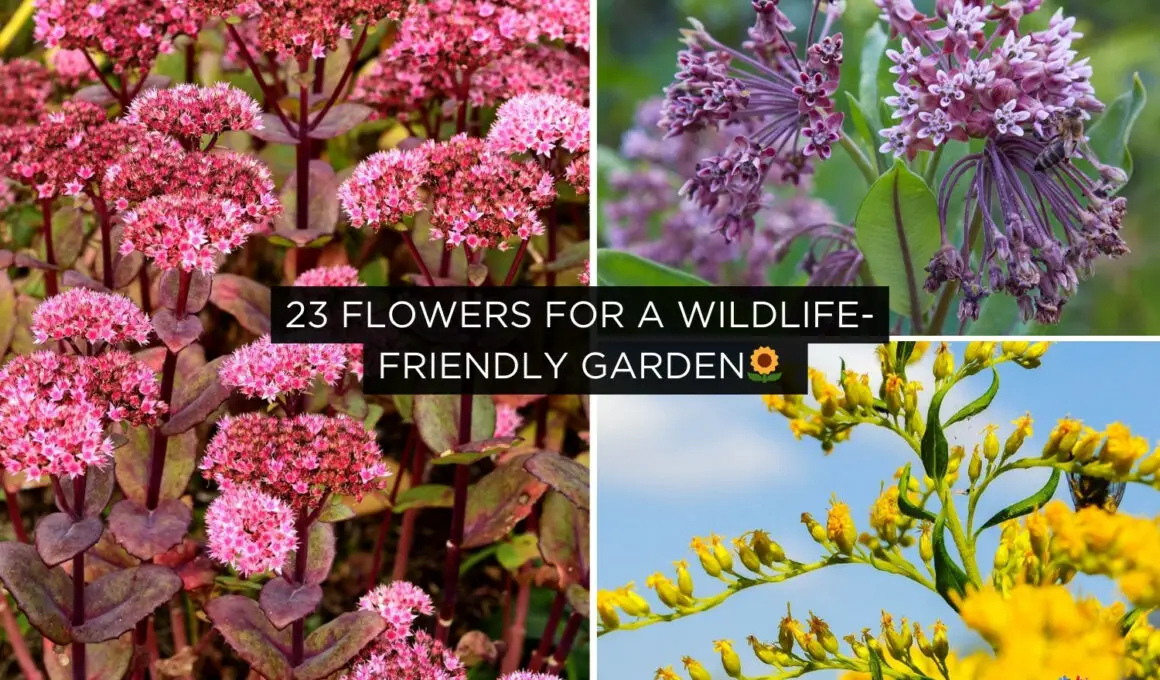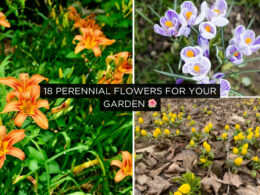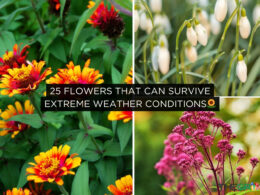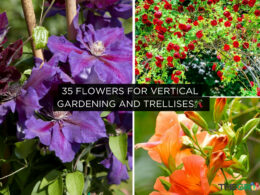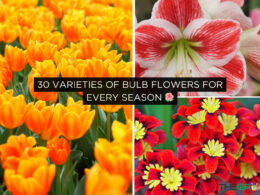In This Article Show
Crafting a wildlife-friendly garden is more than a hobby; it’s a way to connect with nature, support local ecosystems, and bring a slice of wilderness home. In this blog, we’ll explore 23 flowers that are perfect for making your garden a haven for pollinators, birds, and beneficial insects.
Creating a garden that welcomes wildlife doesn’t require a green thumb so much as a thoughtful selection of plants. By choosing native flowers that bloom at different times of the year, you provide a steady supply of food for various creatures, from bees buzzing in the early spring to birds flitting about in the fall. Plus, these plants often require less maintenance, as they’re adapted to the local climate and soil conditions.
Whether your garden basks in the sun all day or enjoys the coolness of the shade, there’s something here for every type of gardener. From the vibrant hues of Lupines to the soothing aroma of Lavender, each flower we’ll discuss has been chosen for its ability to attract wildlife and its ease of cultivation.
Spring Blooms
Let’s embark on this journey together to transform your garden into a bustling hub of wildlife activity, where every plant plays a crucial role in nurturing nature’s delicate balance.
1. Crocus

These early risers of the spring garden are more than just a splash of color. Crocuses are crucial for early bees, emerging when few other food sources are available. Planting them in clusters ensures a buzzing garden from the get-go, signaling the end of winter with their vibrant hues.
2. Lupine
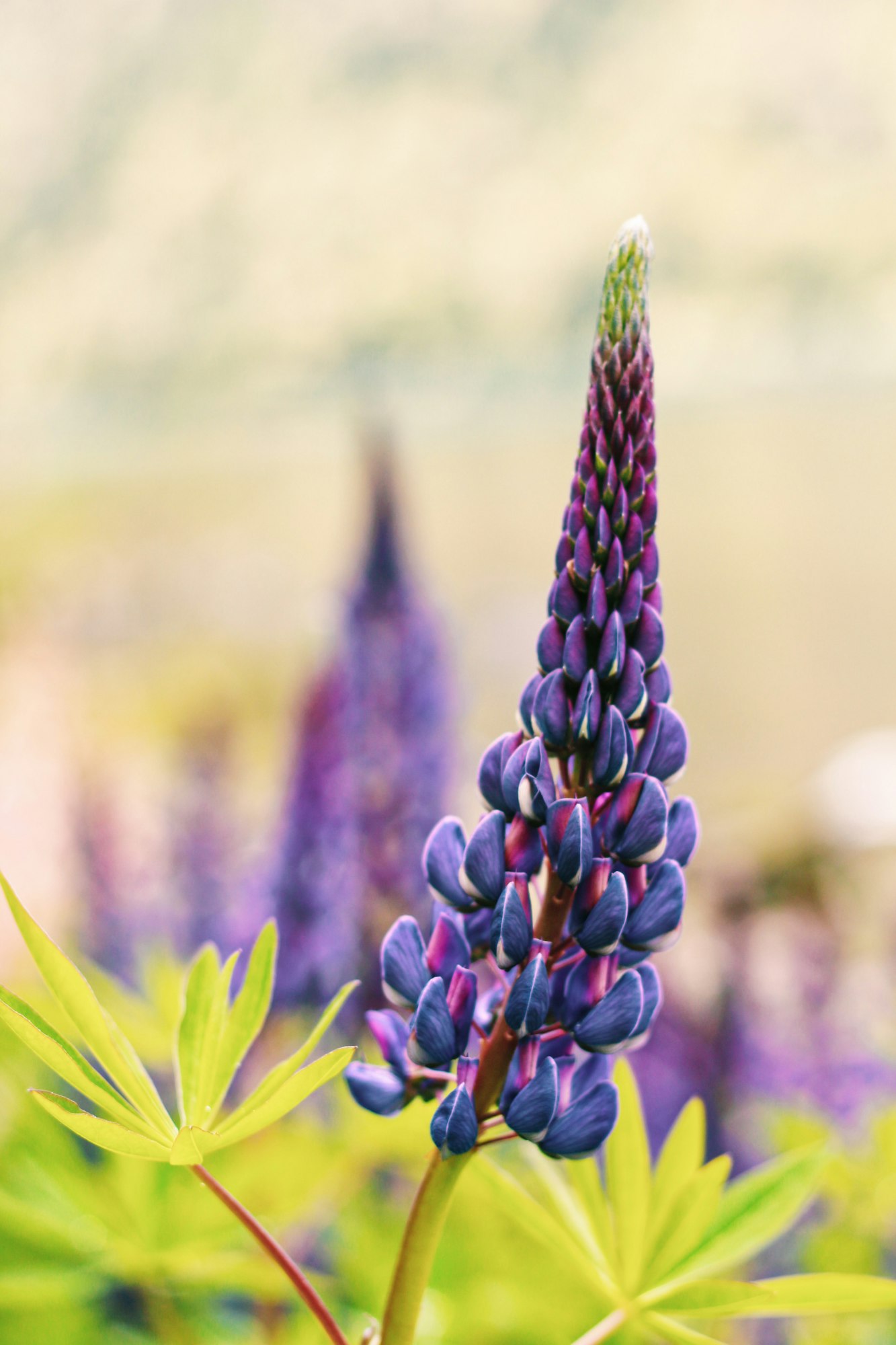
The towering spikes of Lupine are not just a spectacle for our eyes but a beacon for wildlife. Butterflies and bees are drawn to their nectar-rich flowers, while the foliage provides habitat for other creatures. These hardy plants thrive in a variety of conditions, making them a versatile choice for any garden.
Get Gardening For Beginners
Our new EBOOK shows newcomers and green thumbs alike a step by step guide to growing the garden of their dreams.
3. Foxglove
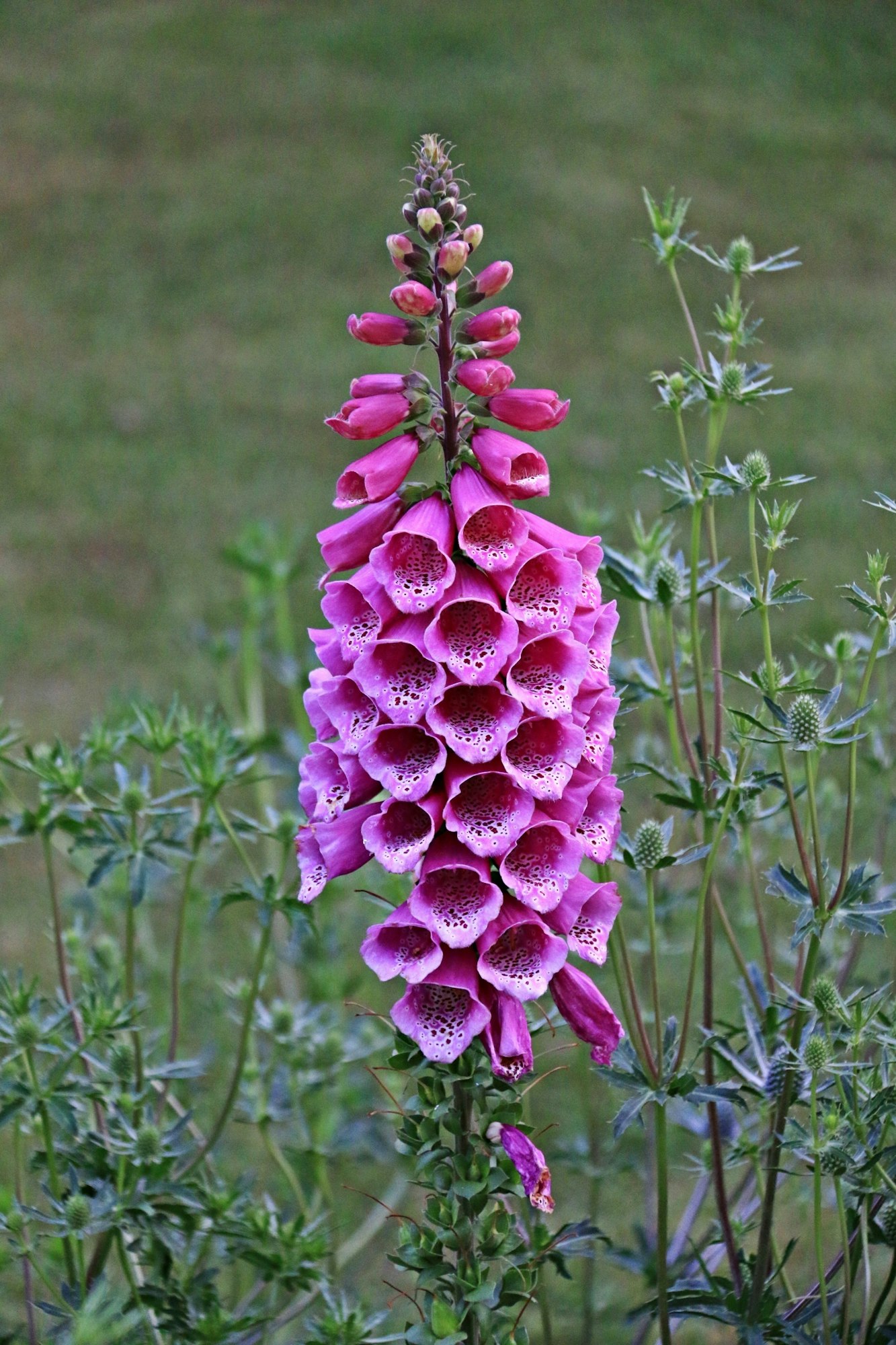
With their bell-shaped flowers, Foxgloves are a favorite for bees and hummingbirds alike. These stately plants add height and drama to the garden, blooming throughout late spring and early summer. While beautiful, remember that all parts of the Foxglove are toxic if ingested, so they should be planted with care.
Summer Highlights
4. Coneflower (Echinacea)
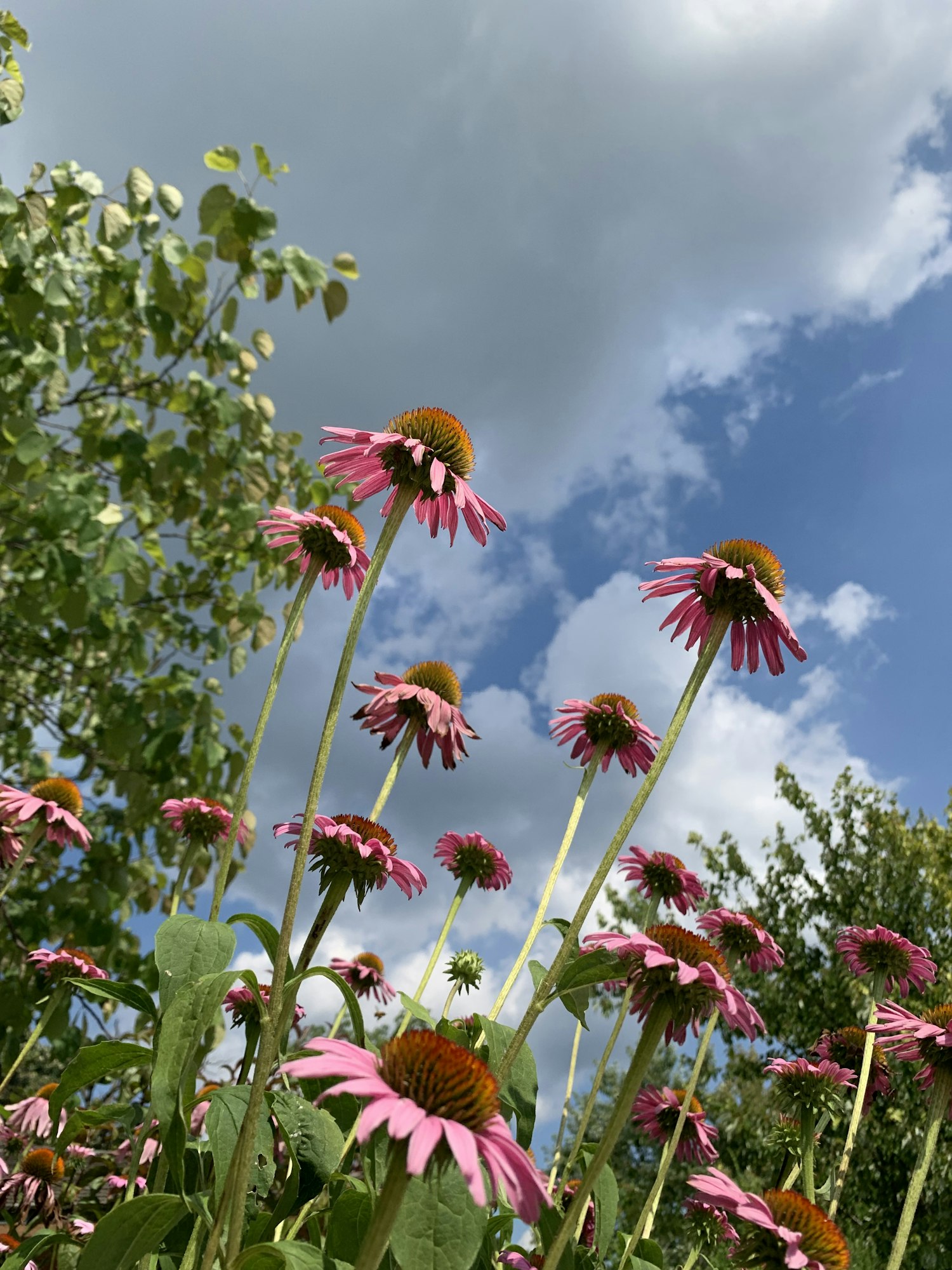
A staple in any wildlife-friendly garden, Coneflowers are beloved by butterflies and bees for their nectar. As summer wanes, their seed heads provide a food source for birds. Their resilience and low maintenance make them a favorite among gardeners.
5. Black-eyed Susan (Rudbeckia)
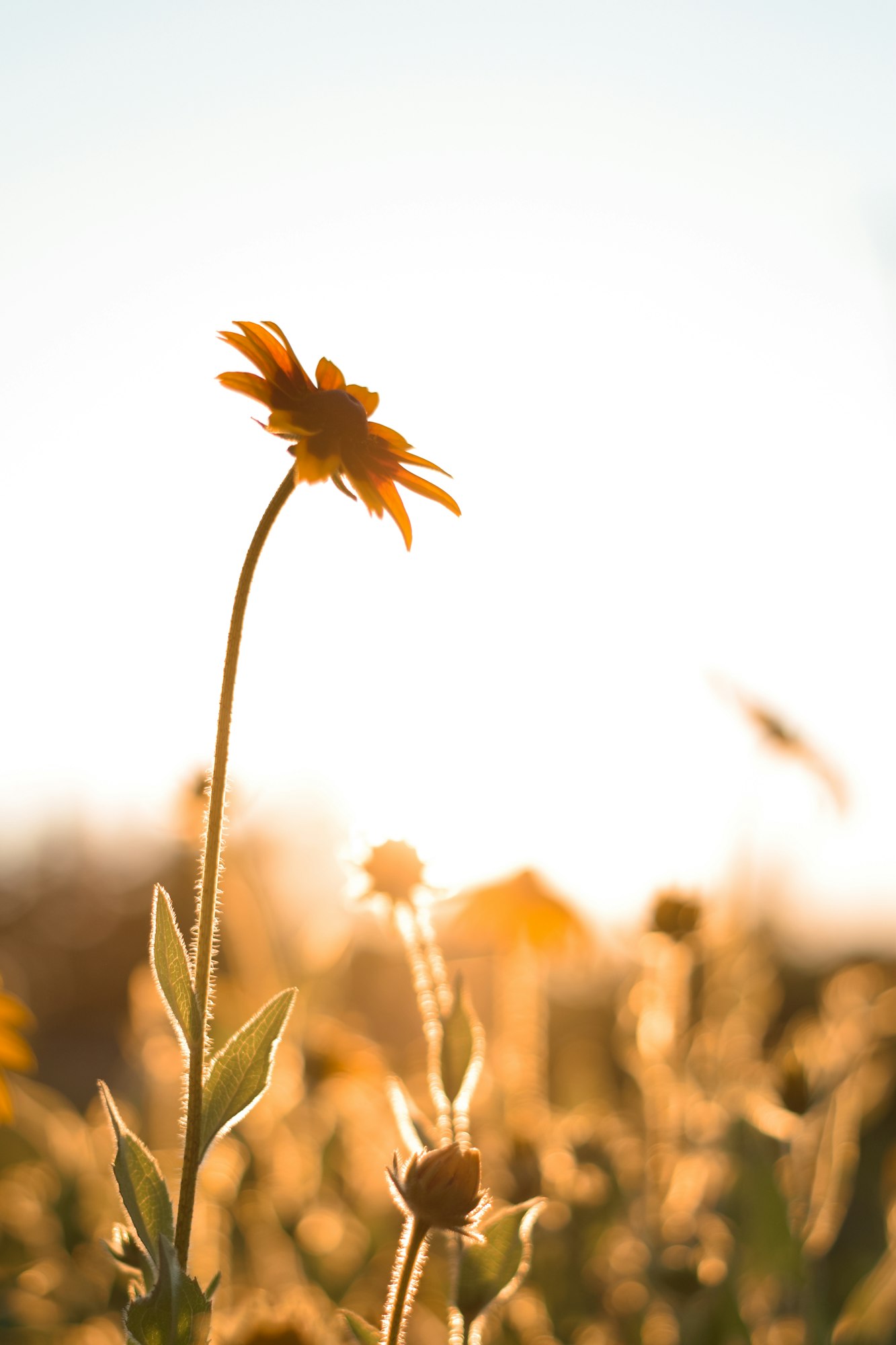
These sunny, drought-resistant flowers bring life to the midsummer garden. A magnet for pollinators, Black-eyed Susans are as tough as they are beautiful, thriving in hot, sunny spots with minimal care.
6. Lavender
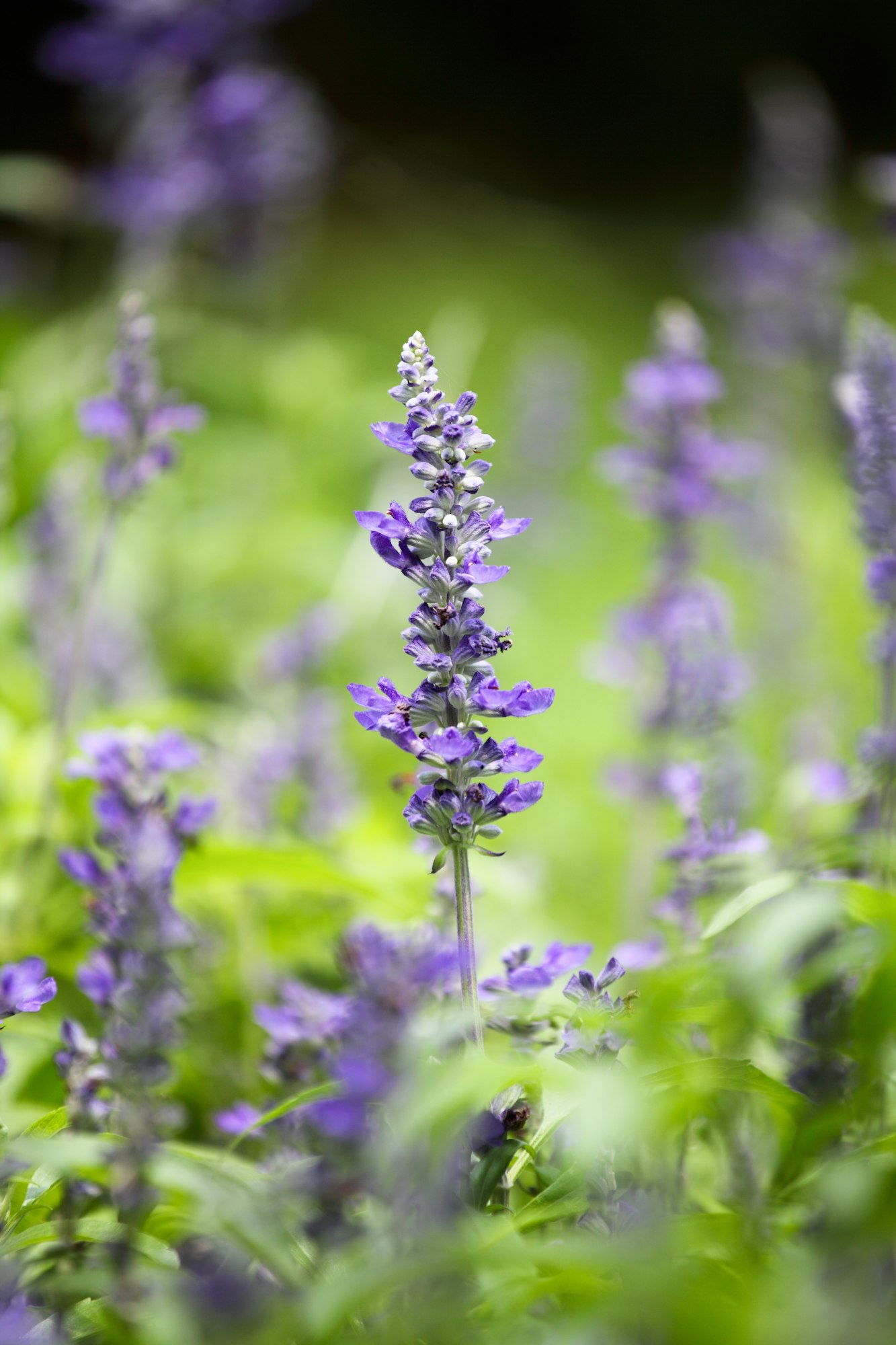
The soothing scent of Lavender is not just for us; bees and butterflies can’t resist it. This hardy herb offers both aromatic leaves and nectar-rich flowers, making it a dual-purpose plant for any garden.
Fall Favorites
7. Goldenrod (Solidago)
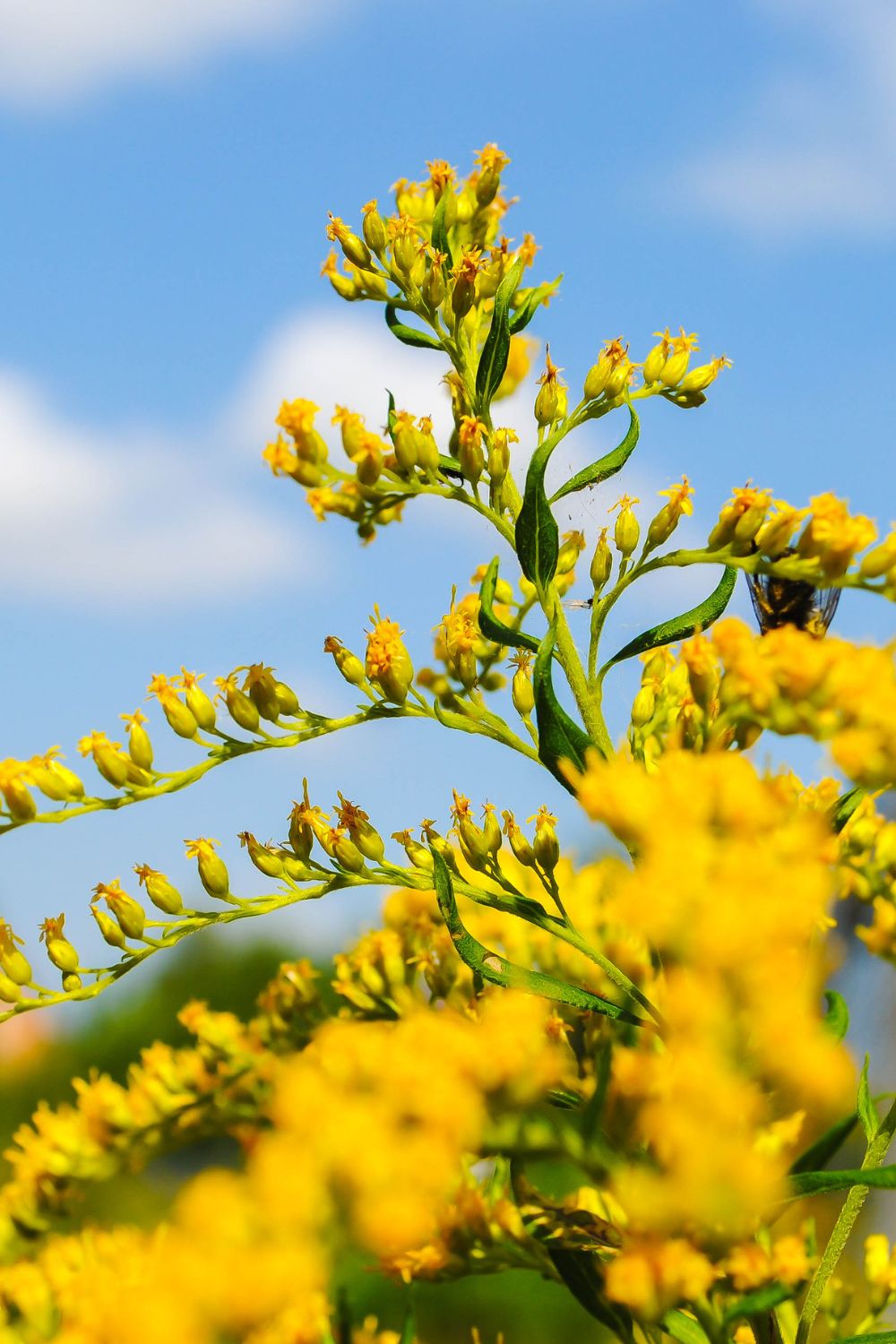
Often unfairly blamed for hay fever, Goldenrod is a vital source of late-season nectar for insects. Its bright yellow spikes light up the fall garden, supporting a host of wildlife as they prepare for winter.
8. Aster
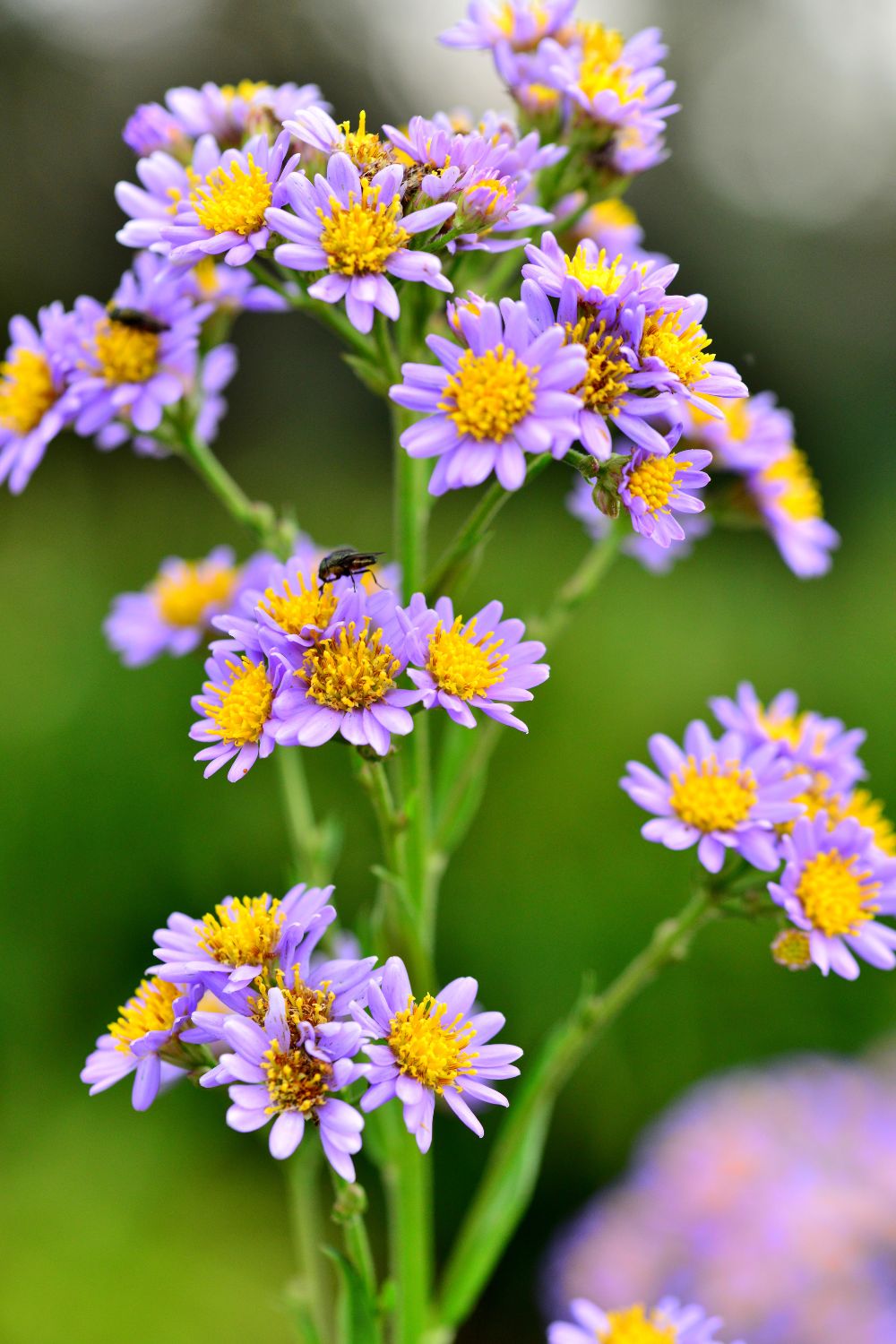
These late bloomers ensure that your garden remains a haven for butterflies well into the fall. With a variety of colors and sizes available, Asters are a must-have for extending the gardening season.
9. Sunflower

No wildlife-friendly garden would be complete without Sunflowers. Their seeds attract birds, while their towering presence adds beauty and structure to the garden.
Get Gardening For Beginners
Our new EBOOK shows newcomers and green thumbs alike a step by step guide to growing the garden of their dreams.
Year-Round Attractions
10. Shasta Daisy
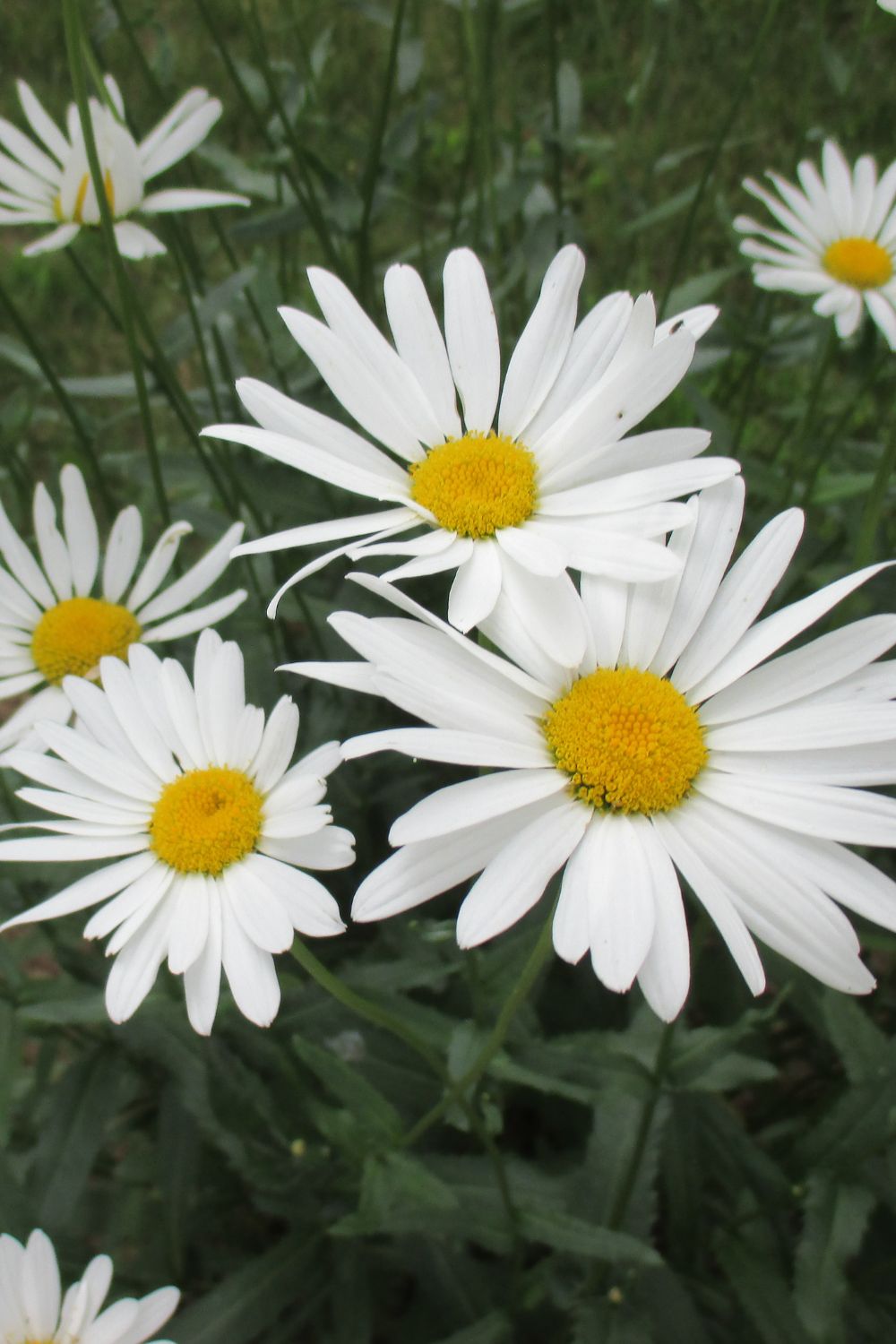
With a long blooming period, Shasta Daisies are a pollinator’s dream. Their classic white petals and sunny centers fit into any garden design, providing continuous interest and sustenance for visiting wildlife.
11. Sedum (Stonecrop)
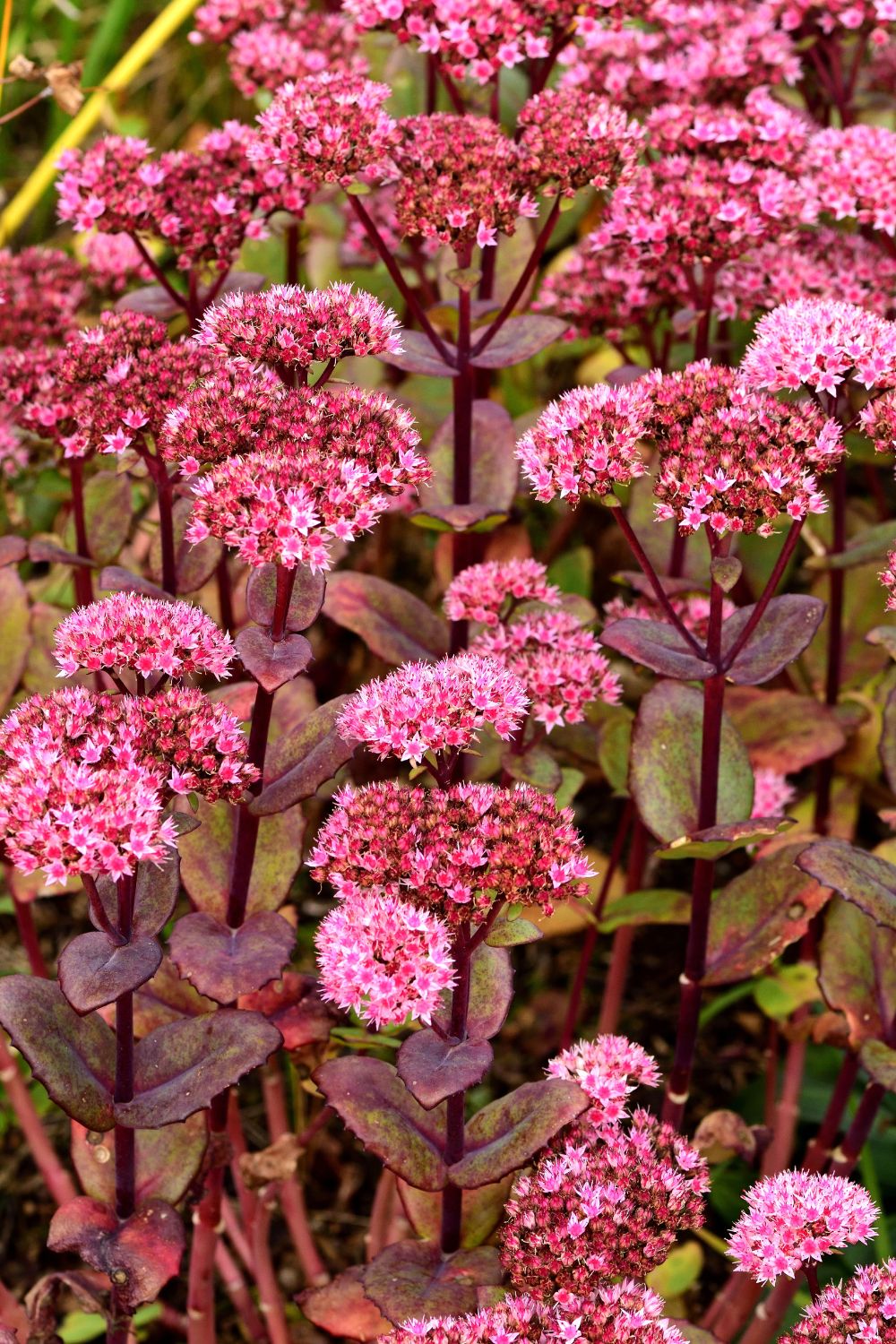
These succulents bloom late in the season, offering a crucial nectar source for insects as other flowers fade. Their drought tolerance and easy care make them an ideal choice for busy gardeners.
Shade-Loving Flowers
12. Columbine (Aquilegia)
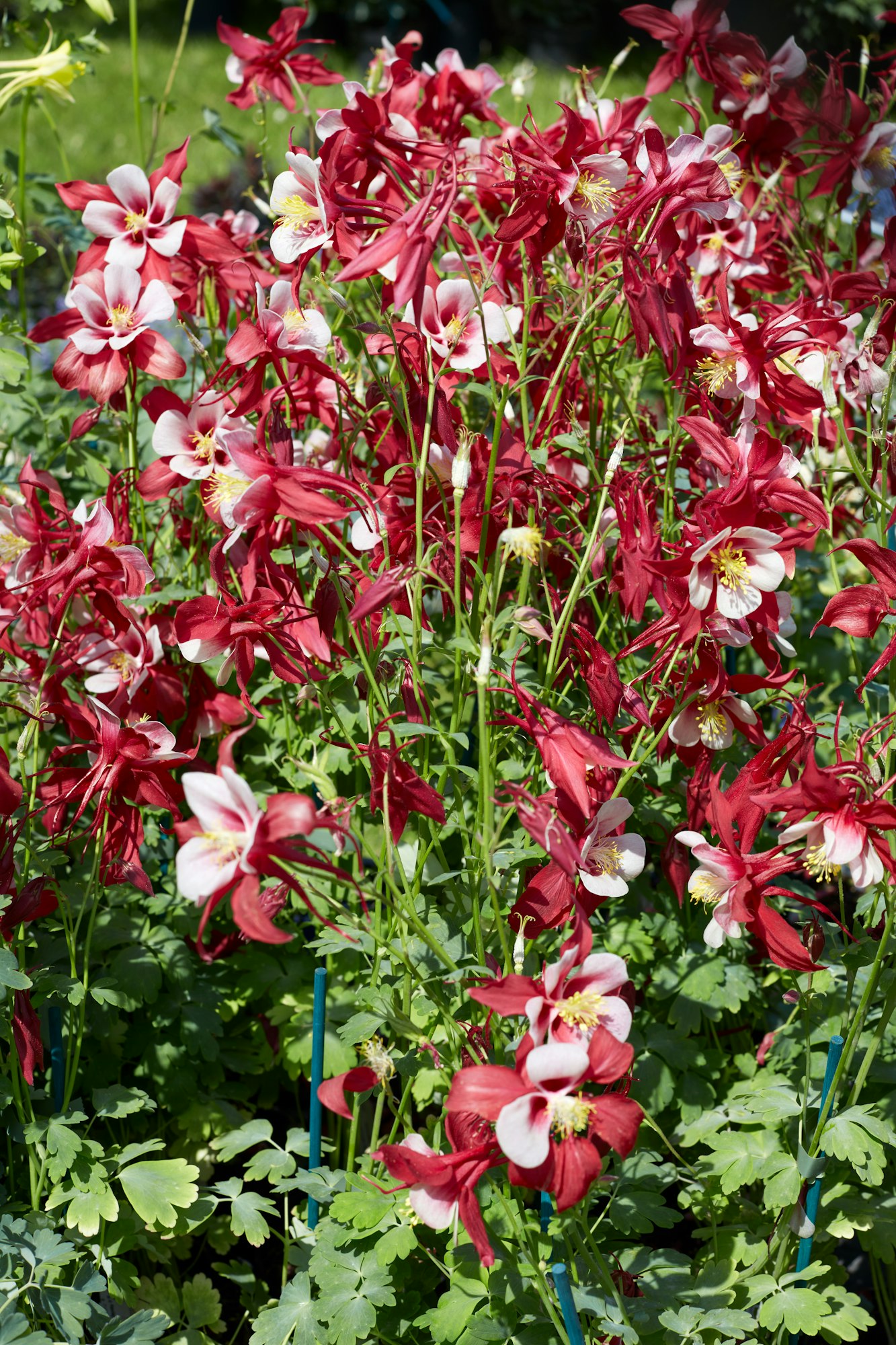
These elegant flowers are a sight to behold in the shaded parts of your garden. With their unique, nectar-rich spurs, Columbines are irresistible to hummingbirds and bees. They thrive in cooler, forest-like conditions, bringing color and life to the understory of your garden.
13. Bleeding Heart (Dicentra)
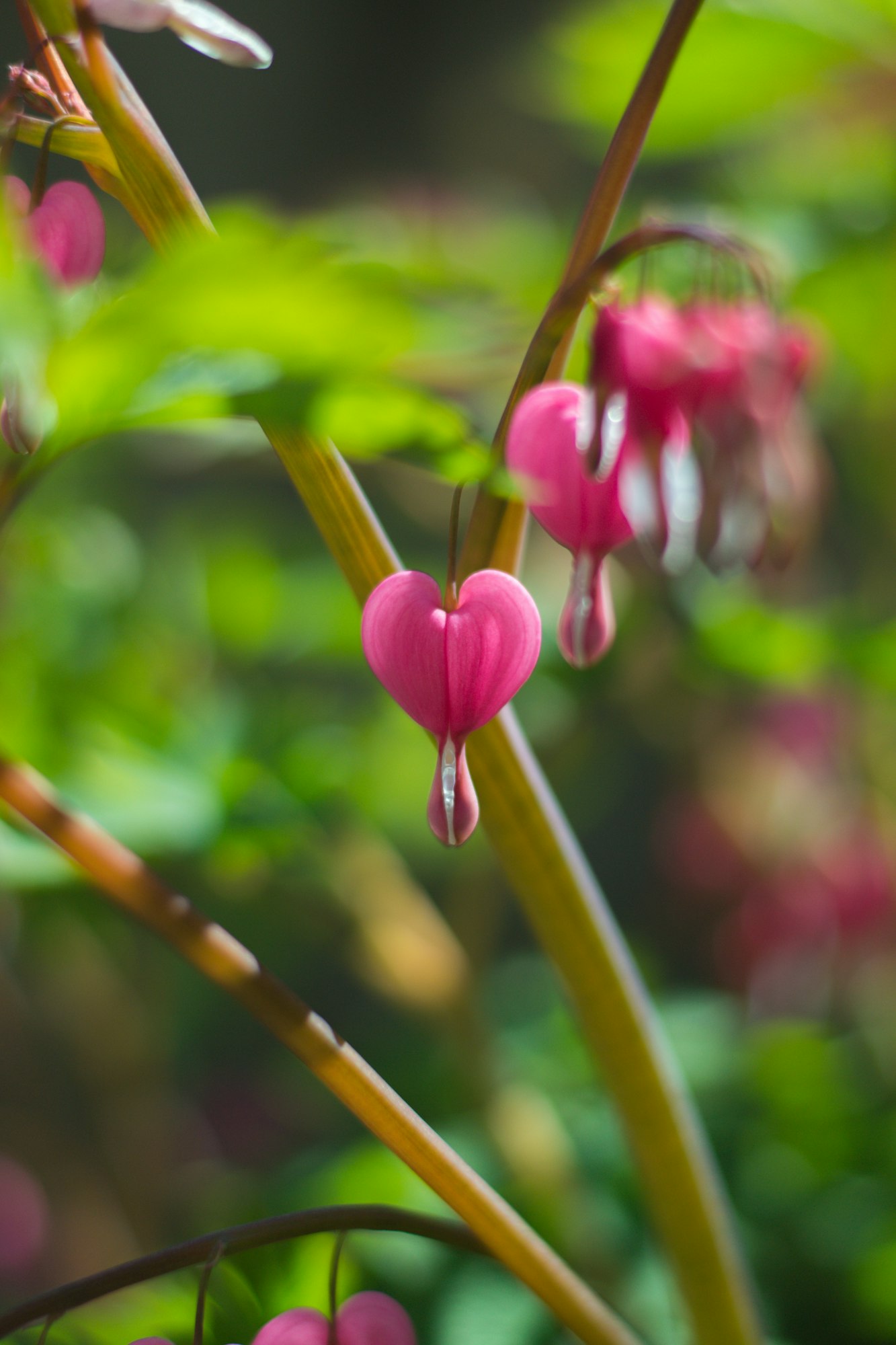
The heart-shaped flowers of this plant are a delicate addition to any shade garden. Blooming in early spring, they provide a vital nectar source when few other plants are flowering. Their fern-like foliage continues to add texture and interest even after the flowers have faded.
14. Ground Cover Plants
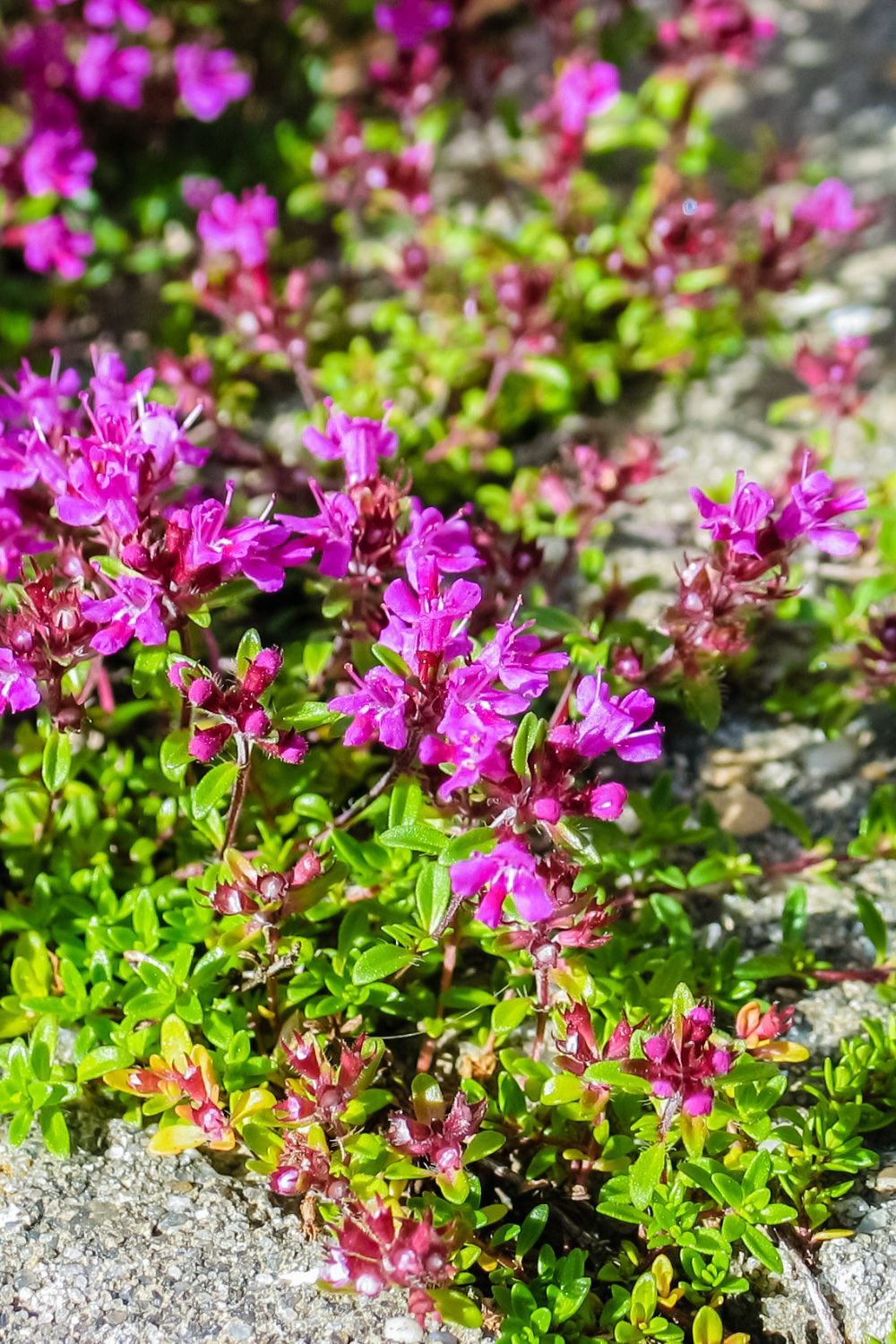
Creeping Thyme: This low-growing herb is not only culinary gold but also a carpet of blooms that attract bees. It’s perfect for filling gaps between stones in a path, releasing a delightful fragrance when stepped on.
15. Ajuga (Bugleweed)
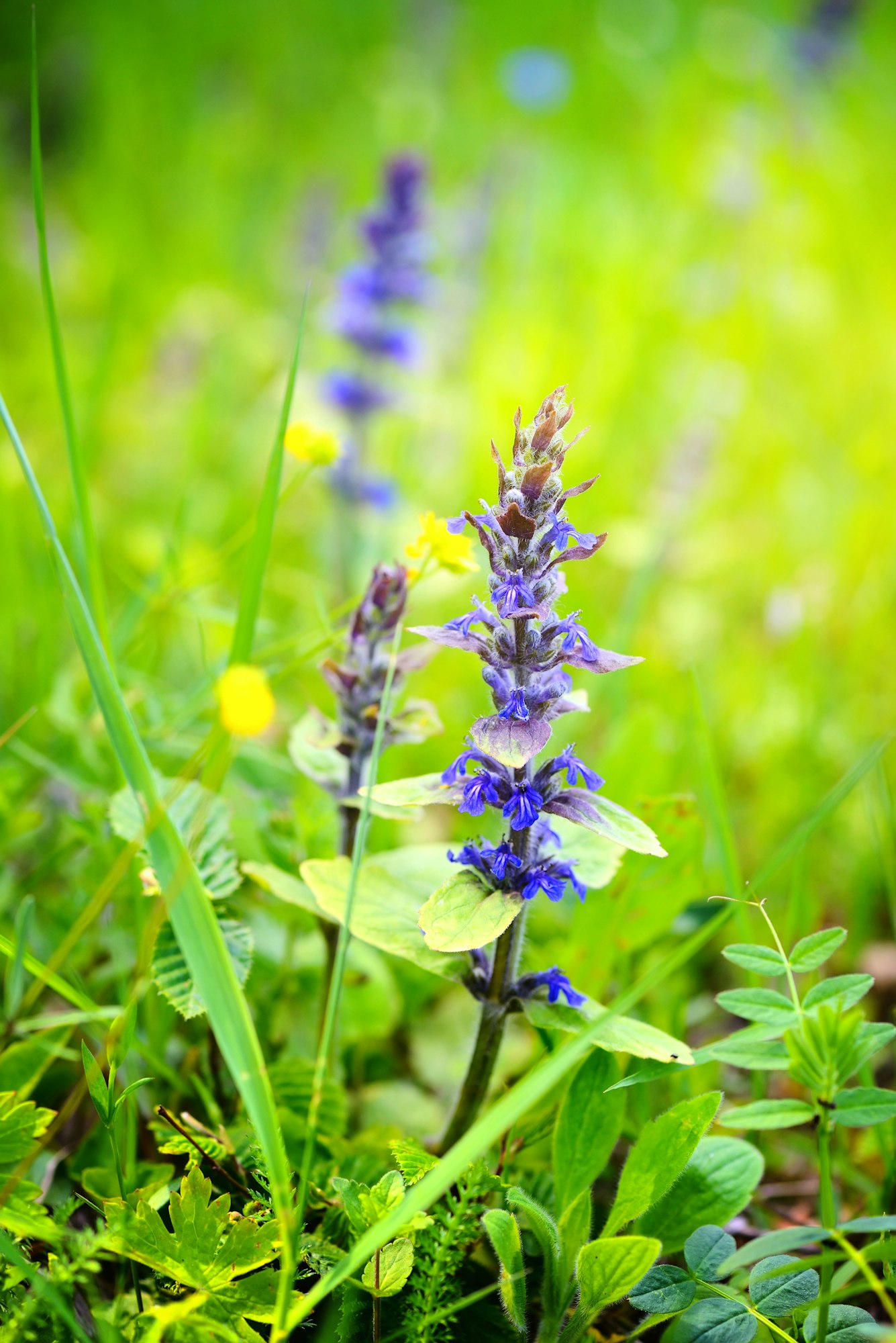
With its dense foliage and spikes of blue flowers, Ajuga is an excellent ground cover that provides early nectar for pollinators. It’s a hardy plant that can thrive in a variety of conditions, from sunny to shaded areas.
Native Wildflowers
16. Milkweed
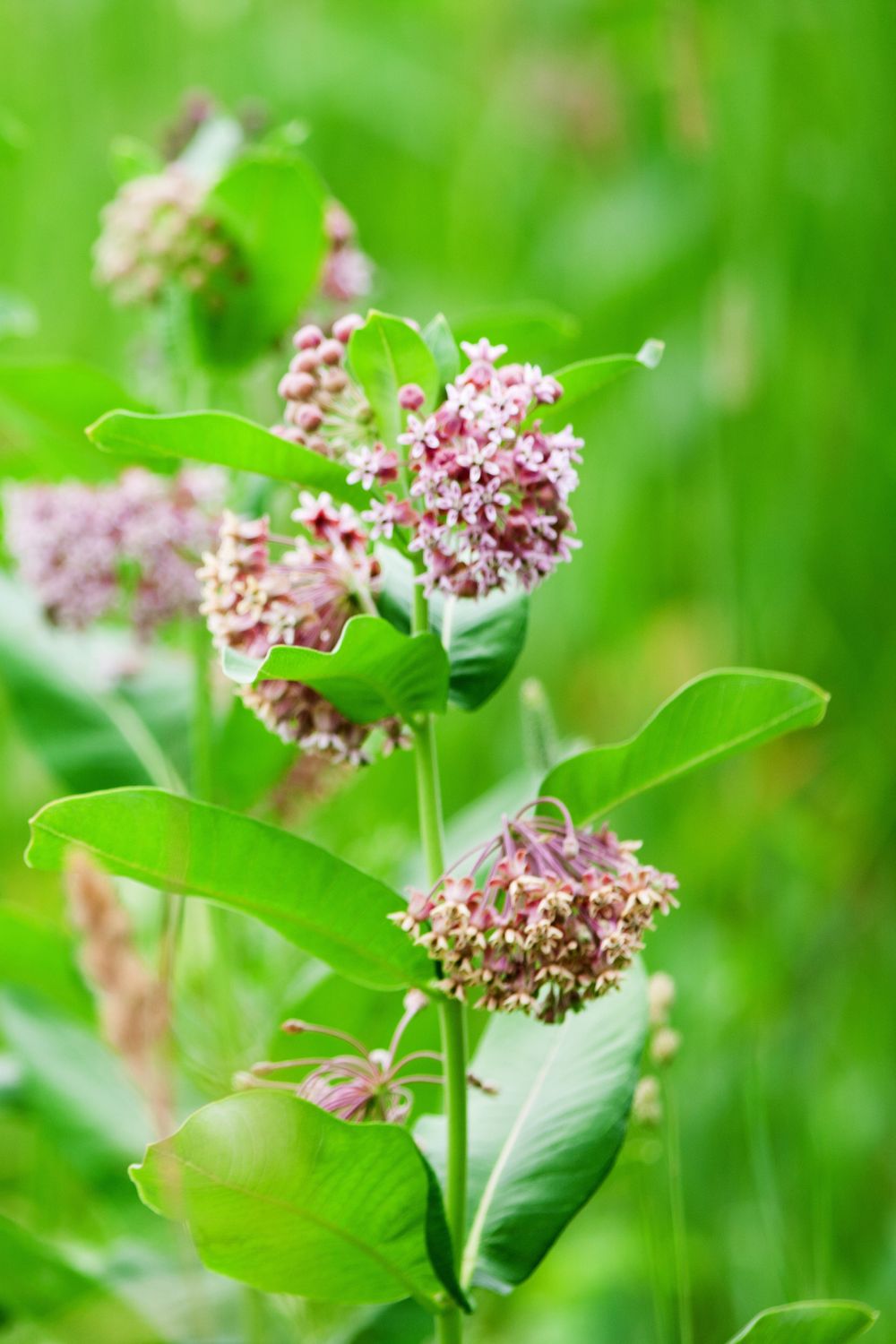
The cornerstone plant for monarch butterflies, Milkweed is essential for their lifecycle, providing food for their larvae and nectar for the adults. Planting Milkweed is a direct contribution to conserving these magnificent butterflies.
17. Joe-Pye Weed
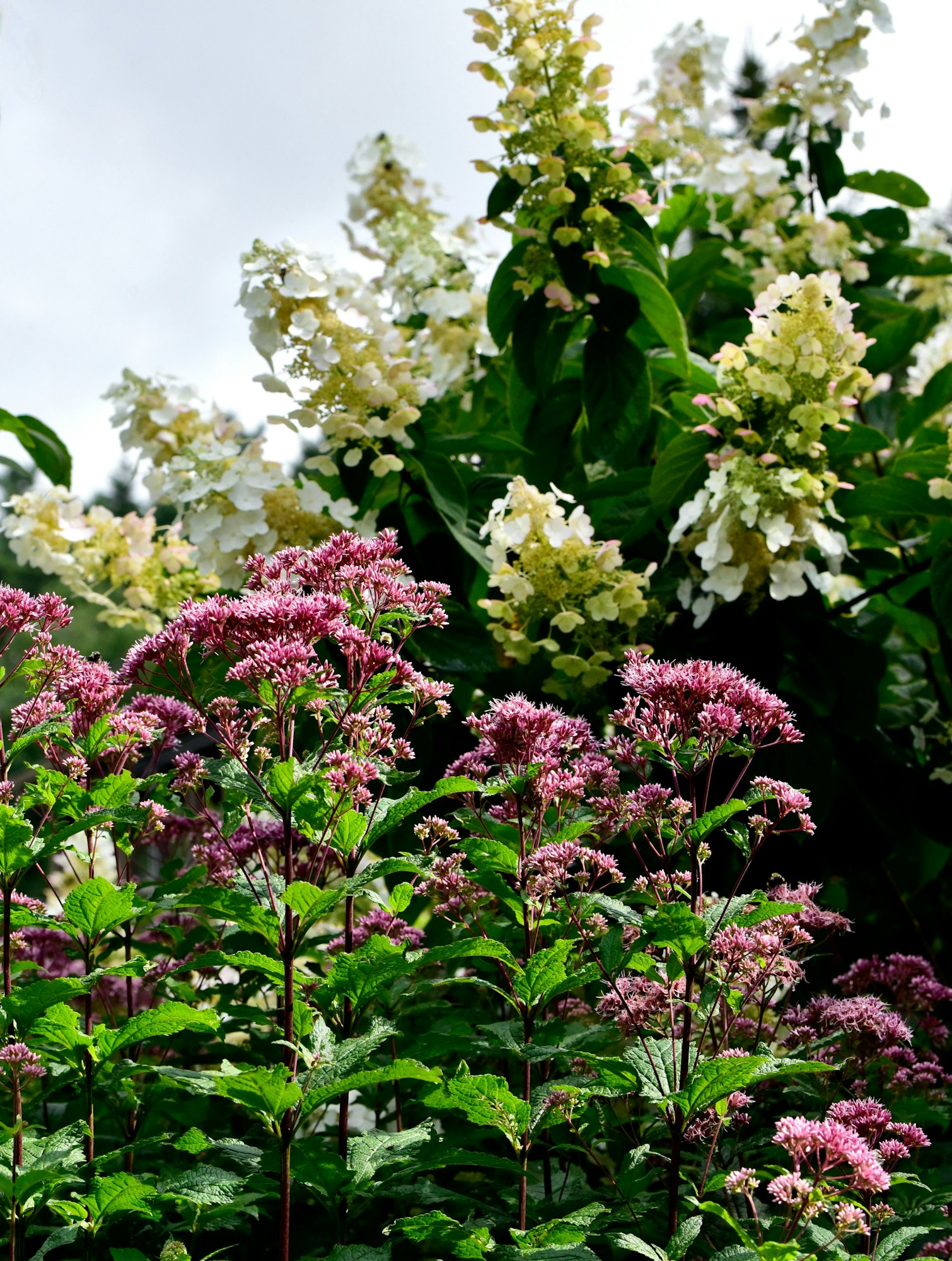
This tall, native wildflower with its fluffy, pink blooms is a butterfly magnet. It thrives in moist conditions, making it a perfect addition to the back of a border or a wildlife-friendly rain garden.
Water-Loving Plants
18. Iris
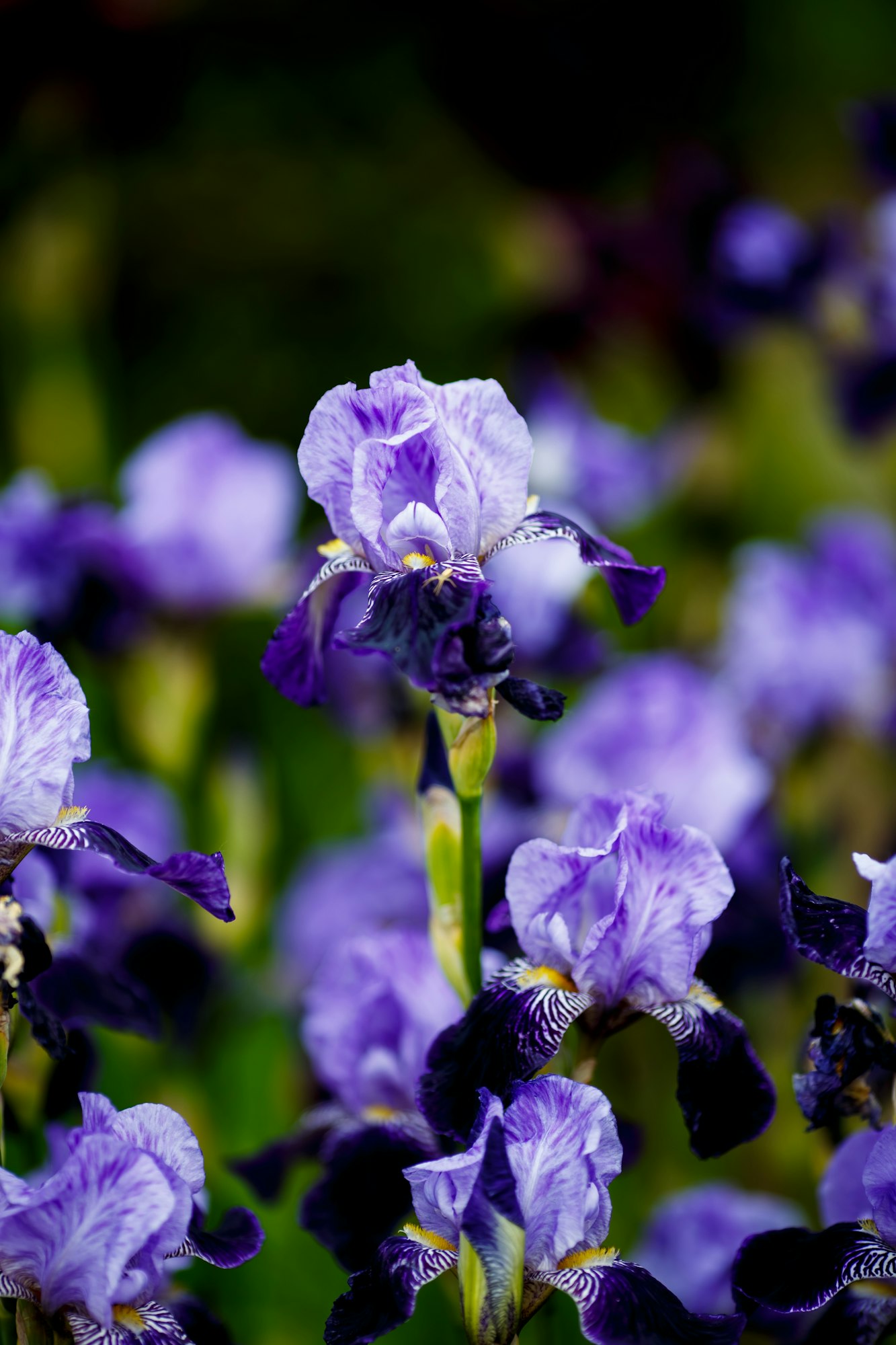
These stunning flowers come in a rainbow of colors and love wet feet, making them ideal for pond edges or naturally soggy areas of the garden. Their blooms are not only beautiful but also provide nectar and pollen for visiting insects.
19. Swamp Milkweed
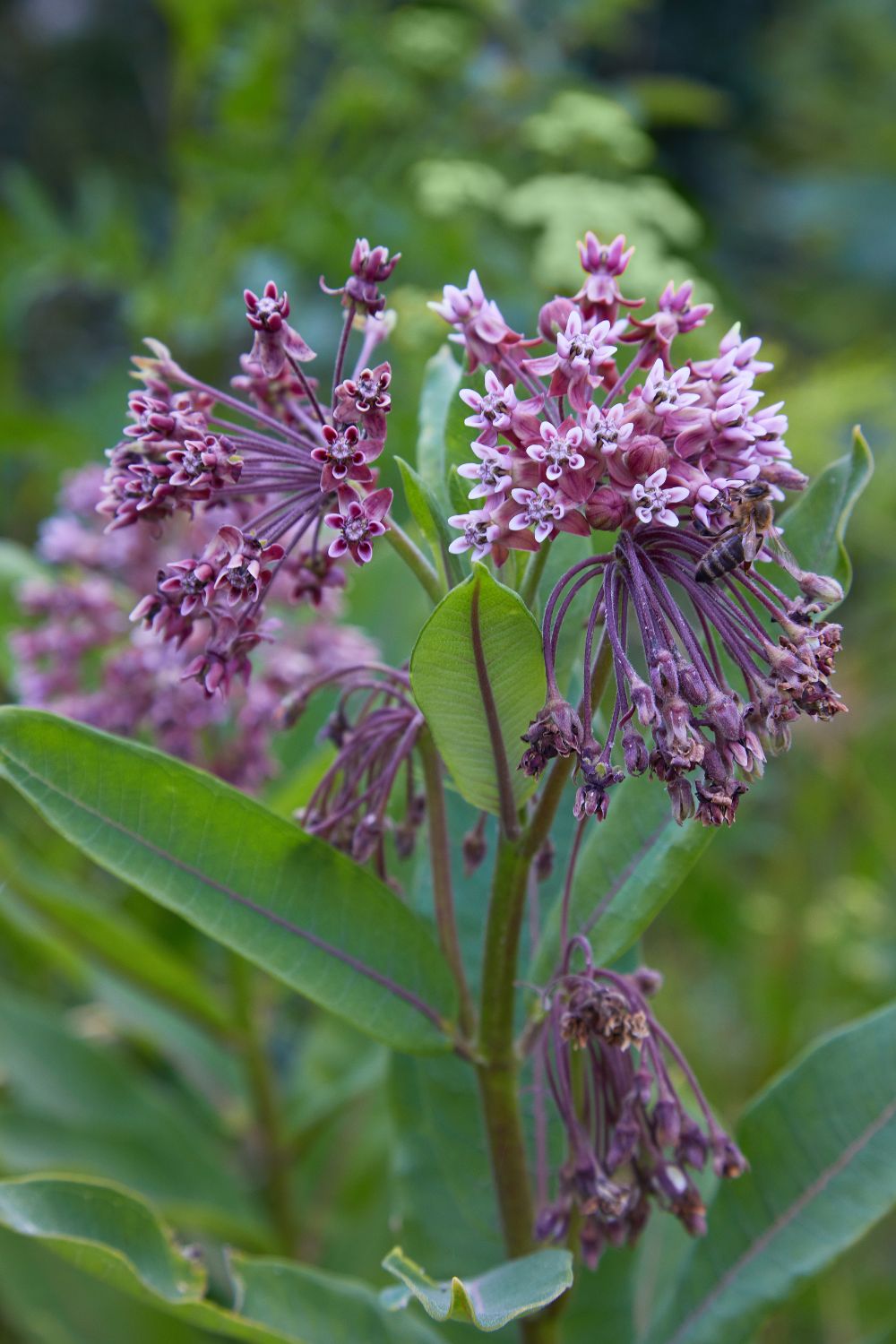
Similar to its cousin in the Milkweed family, this variety thrives in wet conditions and is just as crucial for the monarch butterfly population. Its pink flowers add beauty to the water’s edge and support a variety of pollinators.
Drought-Tolerant Flowers
20. Lantana

This sun-loving plant is a powerhouse of color and resilience, thriving in hot, dry conditions where other plants might falter. Its clusters of vibrant flowers attract butterflies and other pollinators throughout the summer.
21. Salvia
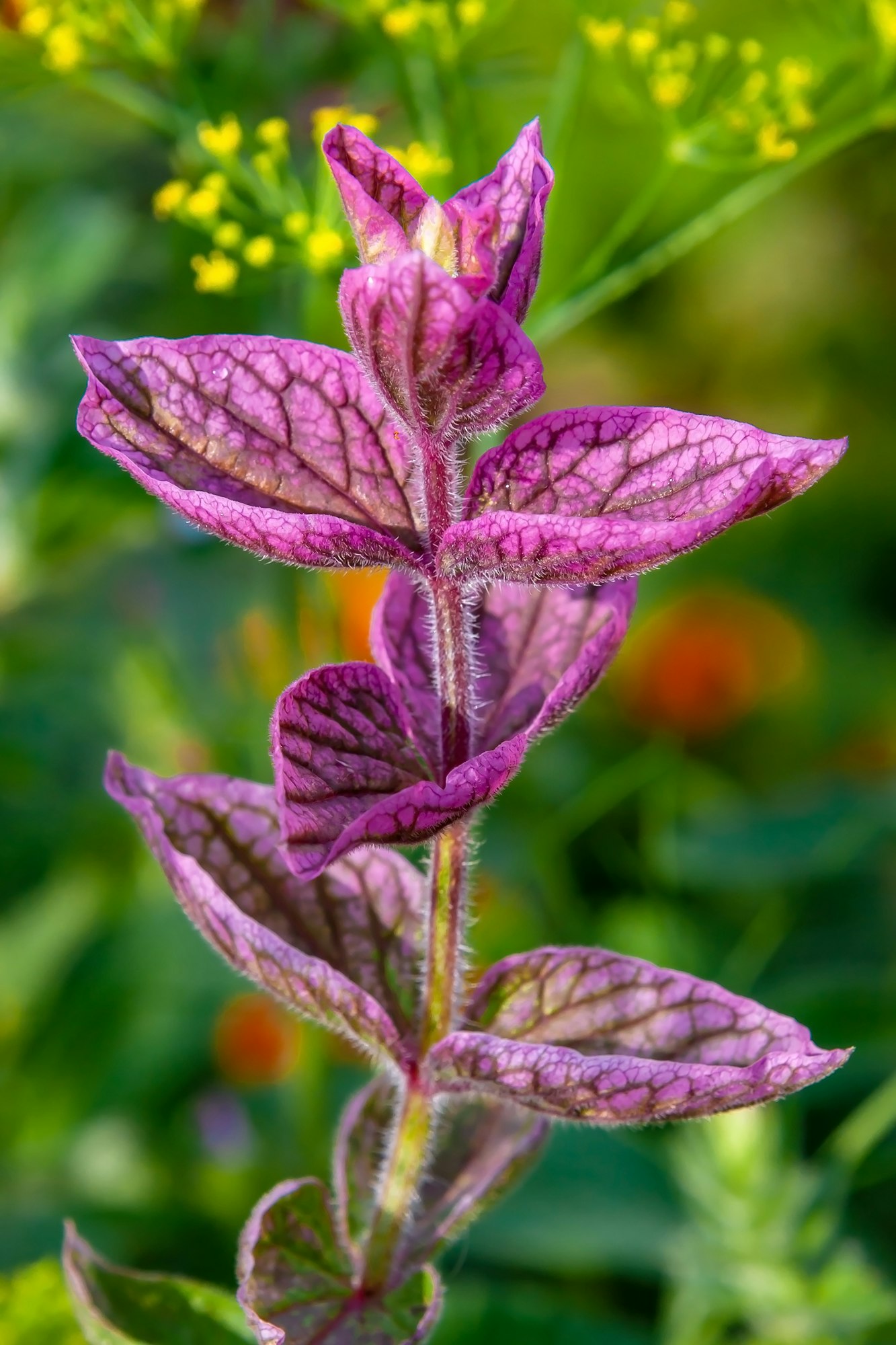
With its spikes of blue, purple, or white flowers, Salvia is a favorite among bees and hummingbirds. It’s incredibly drought-tolerant, making it a perfect choice for sunny, dry areas or water-wise gardens.
Winter Interest
22. Witch Hazel
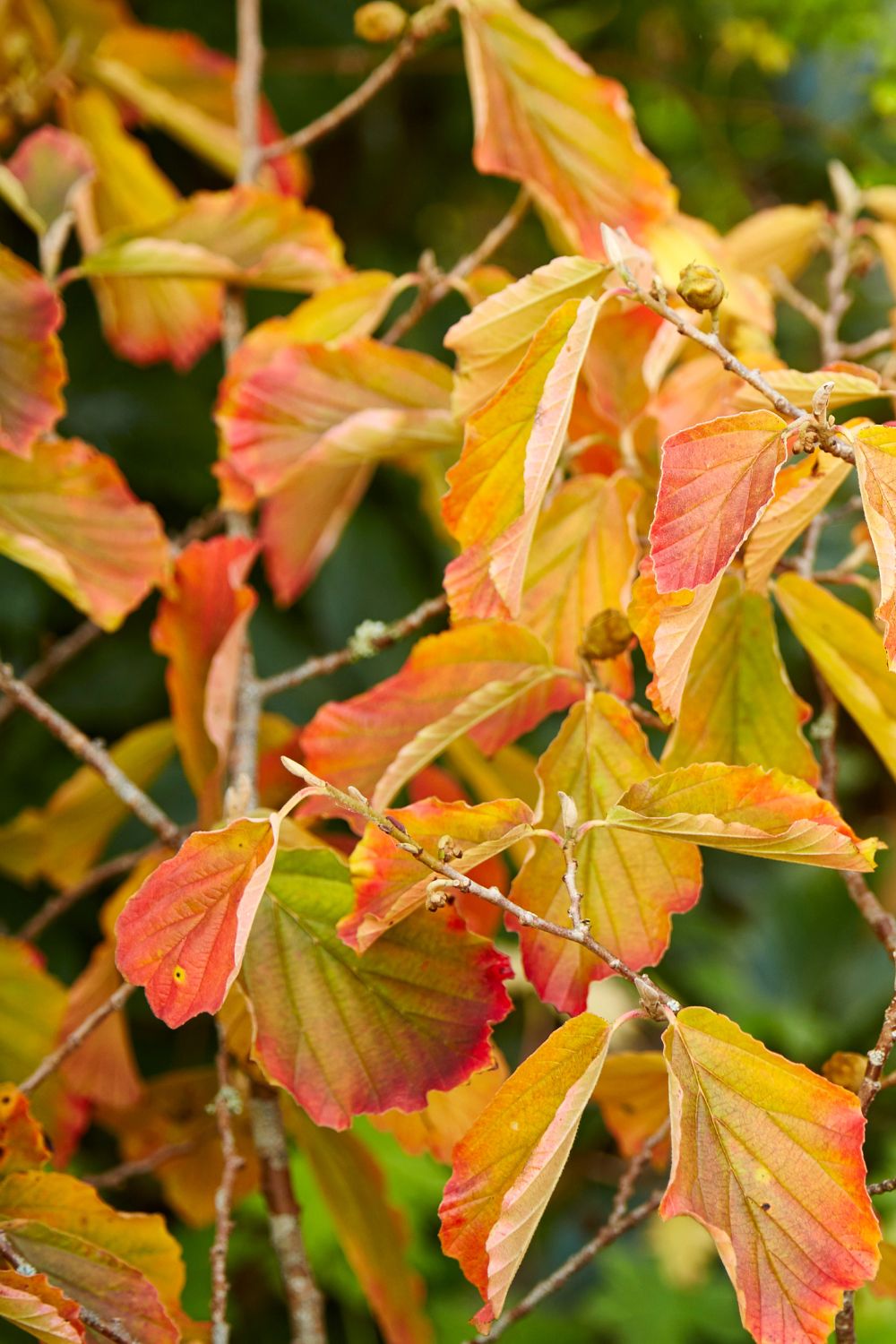
This unique plant blooms in the late winter, offering a splash of color and a source of nectar during a time when little else is flowering. Its fragrant, spidery flowers are a welcome sight in the chilly months.
23. Hellebore (Christmas Rose)
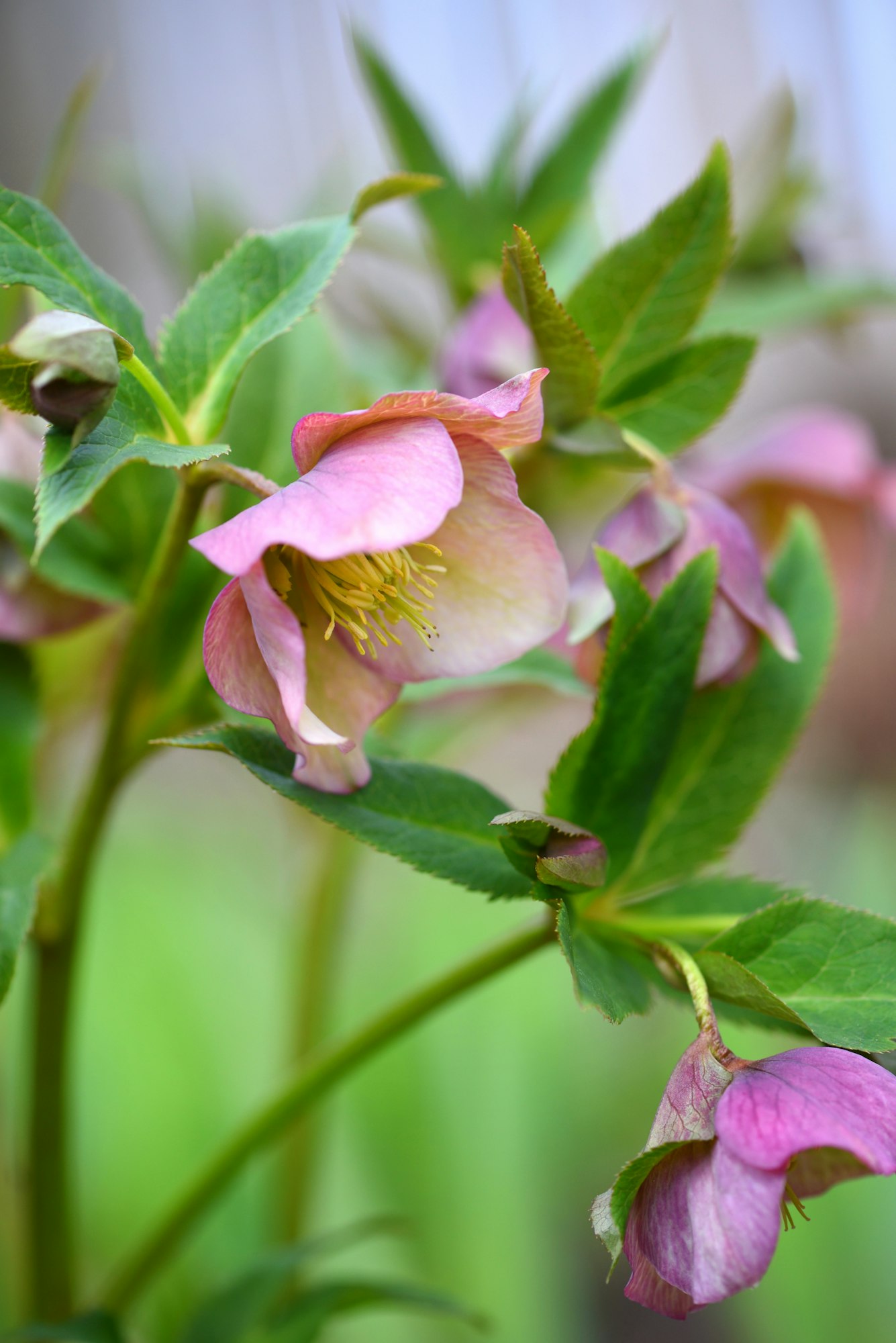
Blooming in the depths of winter, Hellebores provide an essential nectar source for early-emerging insects. Their rose-like flowers come in a variety of shades, from white to deep burgundy, adding elegance and beauty to the winter garden.





